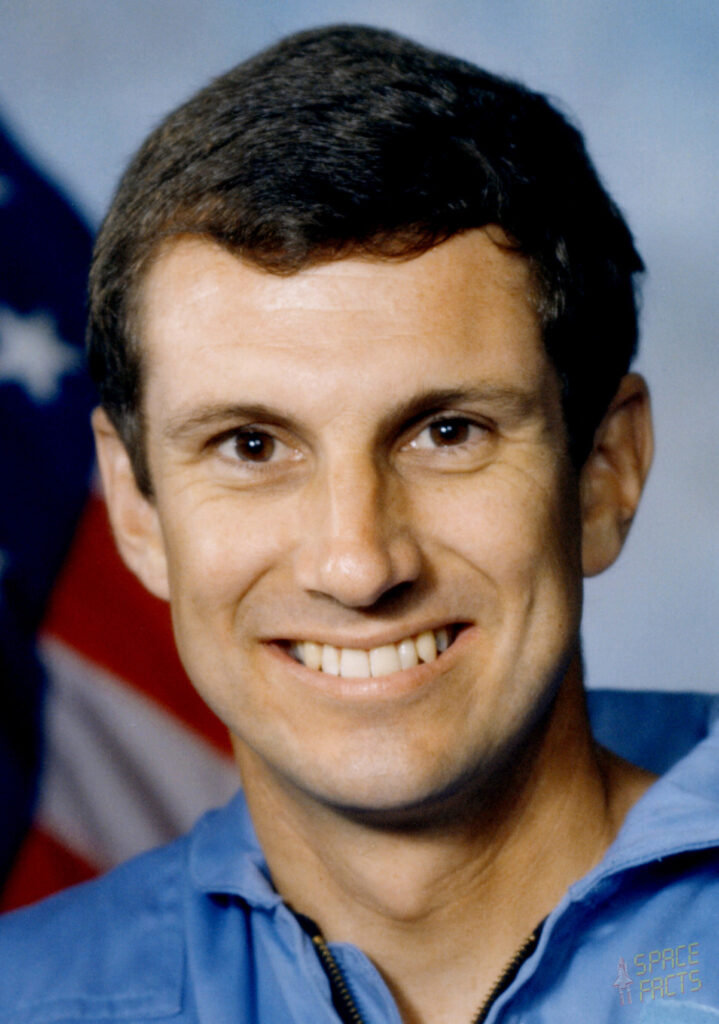Francis Andrew “Drew” Gaffney was born in Carlsbad, New Mexico on June 9, 1946. He graduated from Carlsbad High School in 1964 and received a Bachelor of Arts degree from the University of California-Berkley in 1968 and an M.D. from the University of New Mexico in 1972.
In 1975, Dr. Gaffney earned a fellowship in cardiology at the University of Texas’ Southwestern Medical Center in Dallas and was a faculty associate and an assistant professor of medicine there until 1979. From 1979 to 1987, he served as assistant director of echocardiography at Parkland Memorial Hospital, Dallas.
Dr. Gaffney next was a Visiting Senior Scientist with the Life Sciences Division at NASA Headquarters from January 1987 through June 1989. He worked with the Operational Medicine group and was Associate Manager of Biomedical Research as well as Program Scientist for the D-2 Spacelab mission and the Research Animal Holding Facility. He was a member of several working groups and implementation teams planning collaborative research with German, French, and Soviet government scientists. He also served on a number of Space Station Freedom and advanced mission planning groups, including the “Humans to Mars” study group.
Dr. Gaffney’s fifteen years of experience in cardiac research and operation of equipment such as echocardiographs and re-breathing devices led to his being selected as a payload specialist on SLS-1. He flew in June 1991 aboard STS-40 Columbia Spacelab Life Sciences (SLS 1), the first Spacelab mission dedicated to biomedical studies. Gaffney was a co-investigator on an experiment involving human cardiovascular adaptation to space flight. The SLS-1 mission flew over 3.2 million miles in 146 orbits and its crew completed over eighteen experiments during a nine-day period, producing more medical data than any previous NASA flight. Drew Gaffney logged over 218 hours in space aboard STS-40.
Primary subjects of this mission were the astronauts, 30 rodents, and thousands of tiny jellyfish aboard the shuttle. The six body systems investigated were cardiovascular/ cardiopulmonary (heart, lungs and blood vessels); renal/endocrine (kidneys and hormone-secreting organs and glands); blood (blood plasma); immune system (white blood cells); musculoskeletal (muscles and bones); and neurovestibular (brains and nerves, eyes and inner ear).
A colonel in the Texas Air National Guard, Dr. Gaffney is the Flight Surgeon for the 147th Fighter Interceptor Group at Ellington Air National Guard Base, Houston, Texas. He has over 50 publications in the areas of cardiovascular regulation and space physiology. He has received the NASA Space Flight Medal (1991), the NASA Group Achievement Award, Spacelab Life Sciences-1 E-294 Experiment Team (1991), the NASA Group Achievement Award, Spacelab Life Sciences-2 JSC Payload Project Team (1994), and the Excellence in Education Award from Peabody College, Vanderbilt University (1999).

